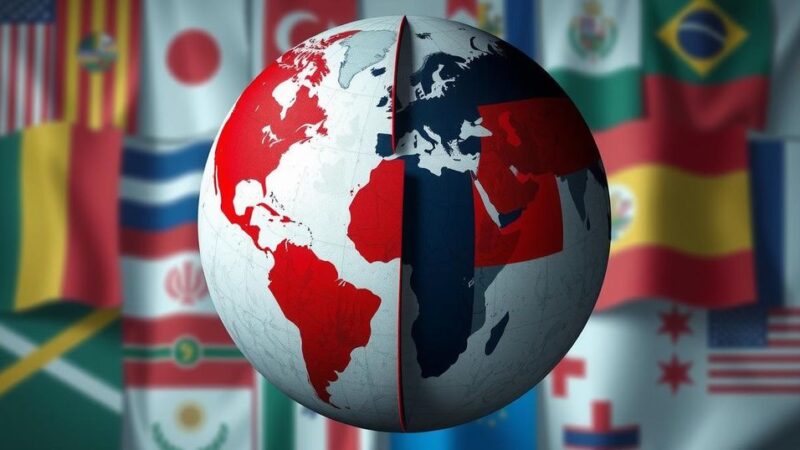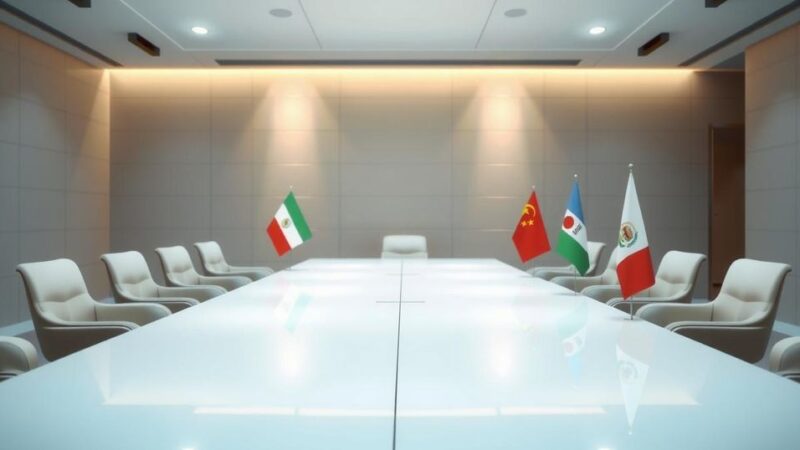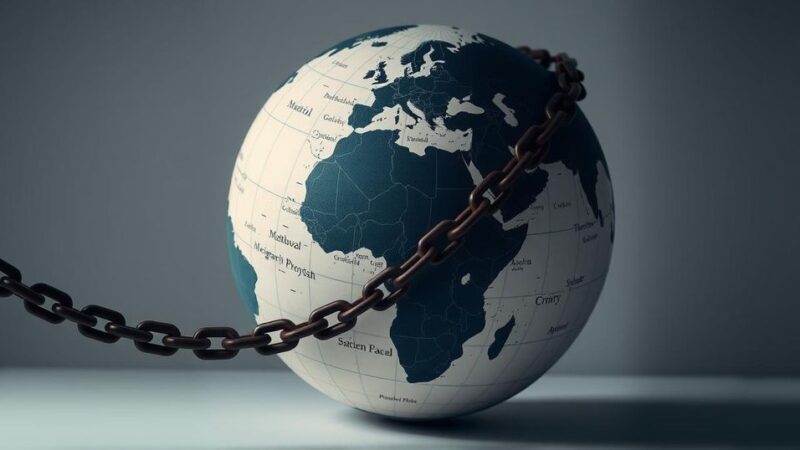Iran and Pakistan share significant security challenges concerning terrorism, particularly along their border. Increased attacks in Iran’s Sistan and Baluchestan province and Pakistan’s deteriorating security environment underscore the urgency for cooperative strategies. The Pakistan Institute for Peace Studies highlights the need for enhanced intelligence sharing and effective implementation of existing agreements to mitigate the rising threat of terrorism effectively in the region.
A recent report highlights that Iran has suffered over 23,000 fatalities due to terrorism since the Islamic Revolution, placing it among the largest victims of terrorism in the world, alongside Pakistan. The southeastern region of Iran, particularly Sistan and Baluchestan province, has witnessed a staggering 115% increase in terrorist attacks over the past year, resulting in a 200% rise in casualties. Alarmingly, 68% of these attacks occurred in this province, prompting serious concerns regarding national security.
The Tehran Times conducted an interview with Muhammad Murtaza, an expert on security and violent extremism from the Pakistan Institute for Peace Studies, during the International Day for the Prevention of Violent Extremism. The dialogue addressed the shared difficulties of terrorism faced by Iran and Pakistan, particularly focusing on terrorism at their common border and proposing collaborative strategies to counteract this threat.
Murtaza noted that Pakistan’s current security predicament has worsened due to the Taliban’s resurgence in Afghanistan, leading to increased terrorist activities from groups such as Tehrik-e-Taliban Pakistan (TTP) and Balochistan Liberation Army (BLA). The tactics of these groups have evolved, with a marked rise in targeted attacks, particularly in Khyber Pakhtunkhwa, raising fatalities and casualties respectively by 23% from the previous year.
Funding for terrorist organizations often comes from foreign channels, making it difficult to pinpoint specific sources. These groups utilize various methods for financing, including remittances, charities linked to diaspora communities, and sources from the criminal underworld, highlighting the intertwined relationship between crime and terrorism in the region.
Despite the inherent differences in security focus between Iran and Pakistan—particularly Pakistan’s emphasis on internally focused threats like the TTP—there exists a necessary scope for cooperation. Increased intelligence sharing and a unified approach to defining shared threats are critical steps to effectively mitigating border terrorism.
Evaluating the 2014 Iran-Pakistan security agreement reveals that diplomatic agreements require implementation. Recent occurrences of cross-border military actions indicate mutual recognition of threats but can lead to public perceptions of sovereignty violations in Pakistan. Nevertheless, bilateral agreements regarding trade and energy have fostered beneficial cooperation.
External actors such as the United States or Saudi Arabia play complex roles in influencing the security dynamics between Iran and Pakistan. Historical ties and current alignments impact relations, necessitating a more integrated approach to foreign policy that could promote regional stability. Addressing the influences of third-party nations and reframing relations within the region could yield common security benefits.
The recent discussions involving Iranian military officials signal potential avenues for political and security collaboration. Murtaza emphasizes the importance of fostering confidence-building measures and collaborative efforts between Iran and Pakistan to establish an environment conducive to combating terrorism effectively. A focus on constructive dialogues in various fields may lead to enhanced trust and more significant cooperative efforts against terrorism.
In conclusion, the security challenges posed by terrorism along the Iran-Pakistan border require a concerted approach involving increased regional cooperation, intelligence sharing, and effective implementation of existing agreements. While both countries grapple with internal and external pressures, fostering diplomatic relations and confidence-building measures may pave the way for a safer, more secure region. Addressing historical grievances and the roles of external actors will be vital in crafting a sustainable solution.
Original Source: www.tehrantimes.com






